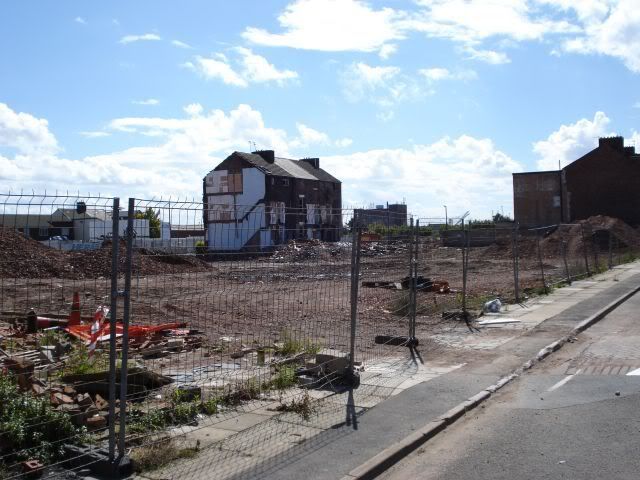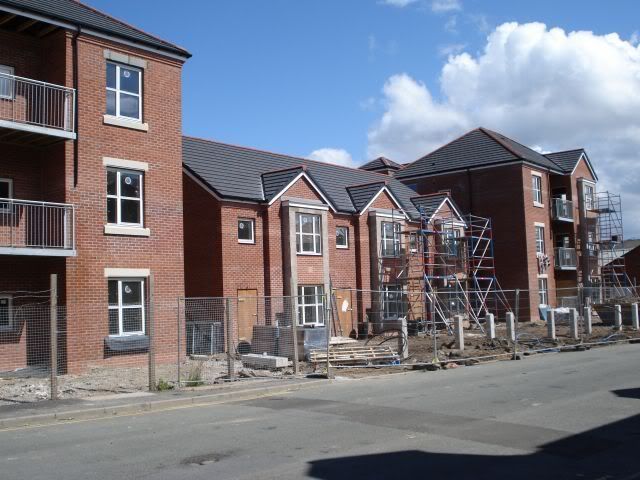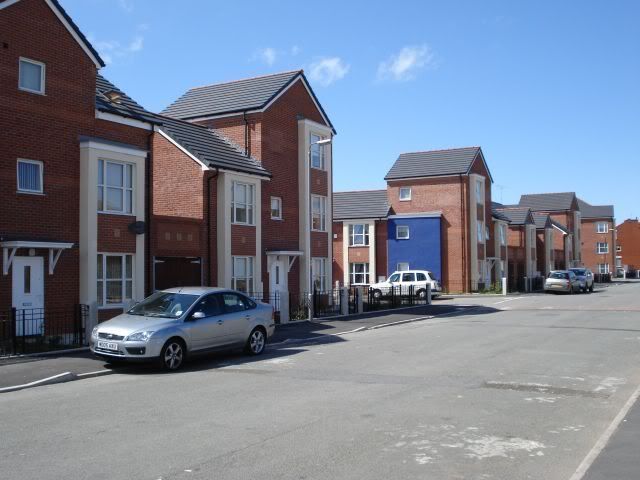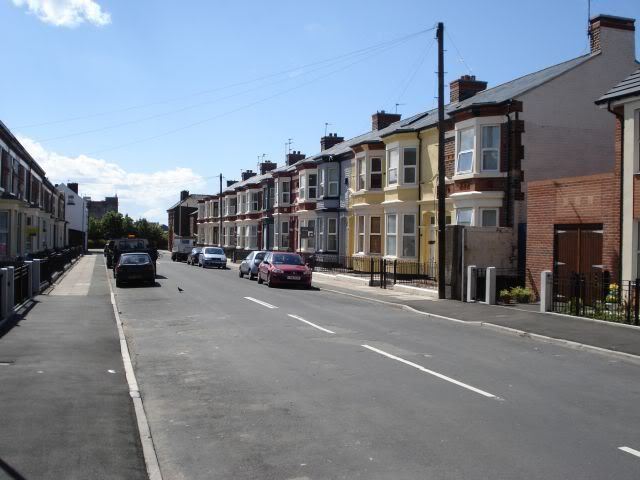
Originally Posted by
kat

Jericho,
no lies are told certainly not from hard hitting facts on paper, generally for a building company to be able to do up victorian homes is extremely costly, why? well, compliance with current building regulations compliance with EEC directives which keep changing year on year, such things as the carbon footprint (which this new PM is keen to reduce) if you brought a victorian house up to todays standard (and if at all possible) it would take years to get a return on your money simply put all that has changed is the interior of the house, the surrounding infa structure , such as green spaces, places to park cars, community centers, health centers theres no where to put them without demolition. All we would see is the same victorian housing which fell into decline because there was no infa structure around them. I suppose really I do blame the council but now at least in some areas (not liverpool I may hasten to add) they are bringing about enforcement regulations to make home owners bring their propertys up to a decent environmental standard. Many of the old victorian houses were bought up by landlords cashing in on people like students, but that holiday has ended now because of the strict regulations and licensing of housing in Multiple occupancy, such things as fire precautioning, parking availability, and getting a council license have seen alot of the Lenard rossiters off! *g*! and about time too.
You dont just look at the housing stock, you look at what is happening around the housing stock, such as crime, health, employment.
kat



 Reply With Quote
Reply With Quote
 . The treelined streets are full of charm (unlike Cleveden Park!).
. The treelined streets are full of charm (unlike Cleveden Park!).








Bookmarks